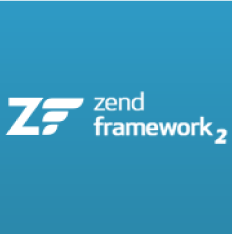
What is it all about?
Zend Framework 2 is an open source PHP framework for developing applications and services using PHP 5.3+. Zend Framework 2 uses object-oriented code and utilises most of the new features of PHP 5.3, namely namespaces, late static binding, lambda functions and closures.
Key Features
* Modular: Building blocks that can be used piece by piece with other applications or frameworks. * Secure: All the cryptographic and secure coding tools you need to do things right. * Extensible: Easy to adapt the framework to your needs. * Community: A vibrant and active contributor and user base for getting help and giving back. * High Performing: Engineered with performance tuning in mind. * Enterprise Ready: A proven history of success running business critical and high-usage applications.
Compare Products
Select up to three two products to compare by clicking on the compare icon () of each product.
{{compareToolModel.Error}}



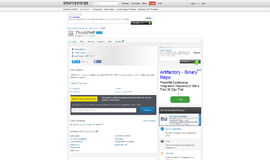
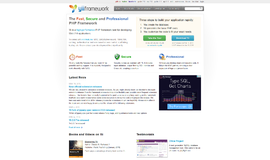
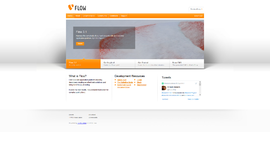
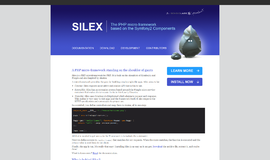
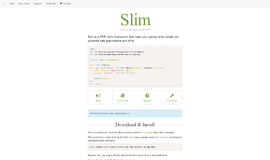
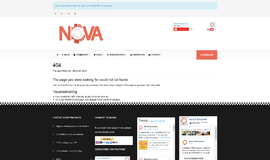

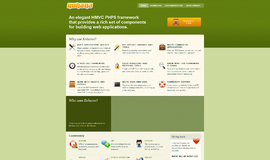





{{CommentsModel.TotalCount}} Comments
Your Comment